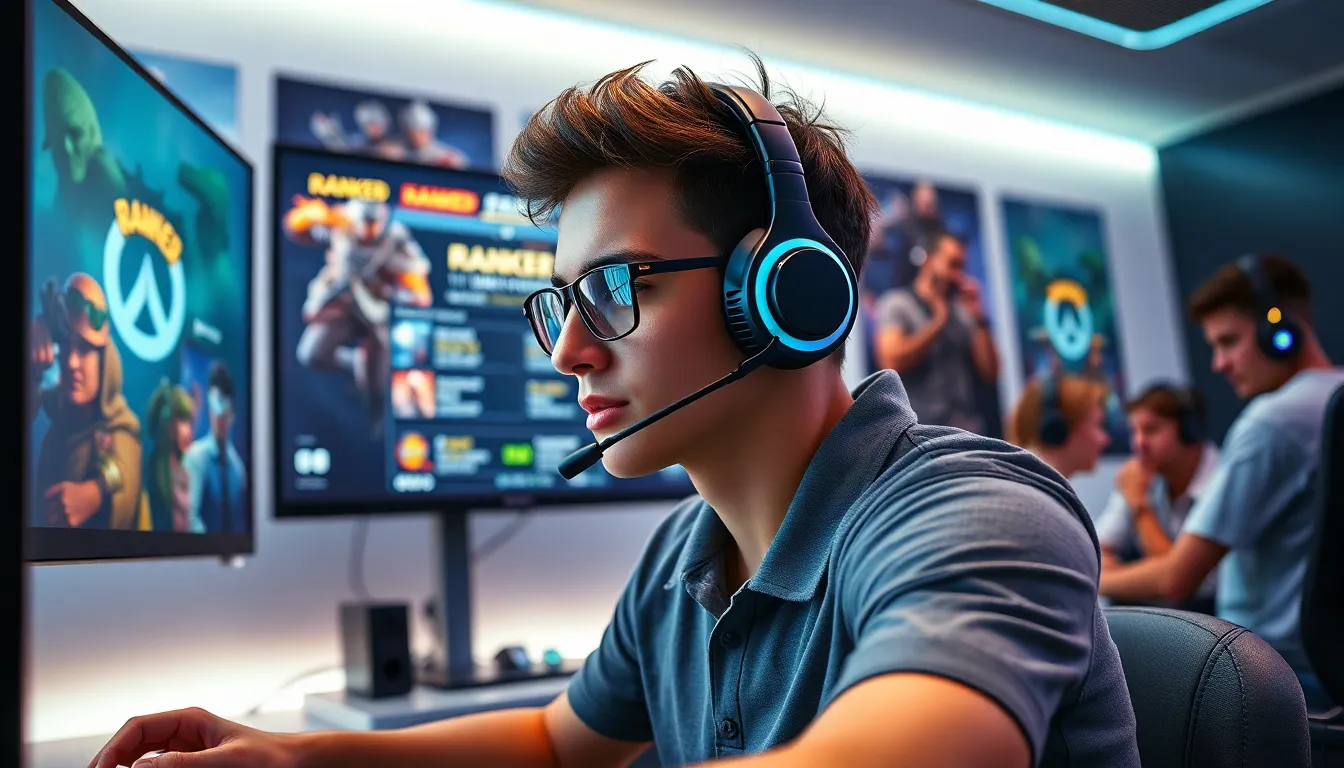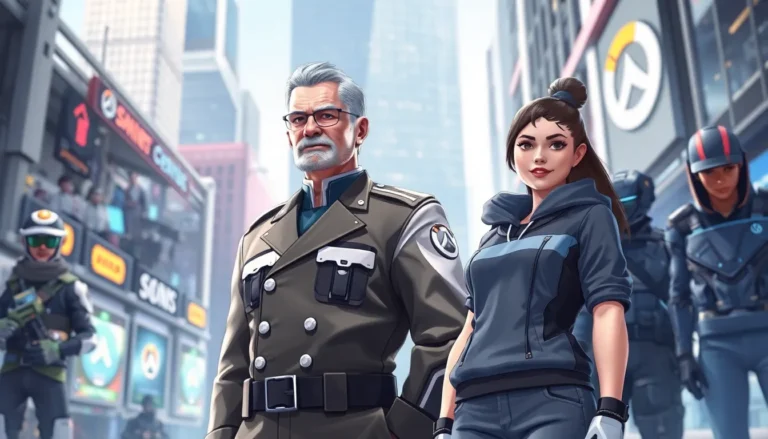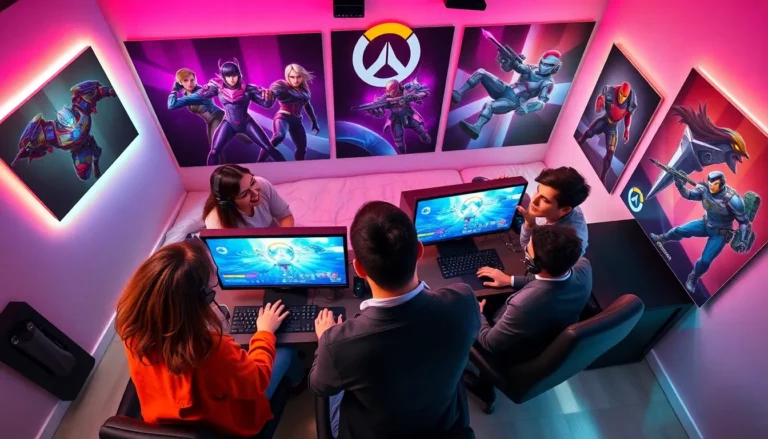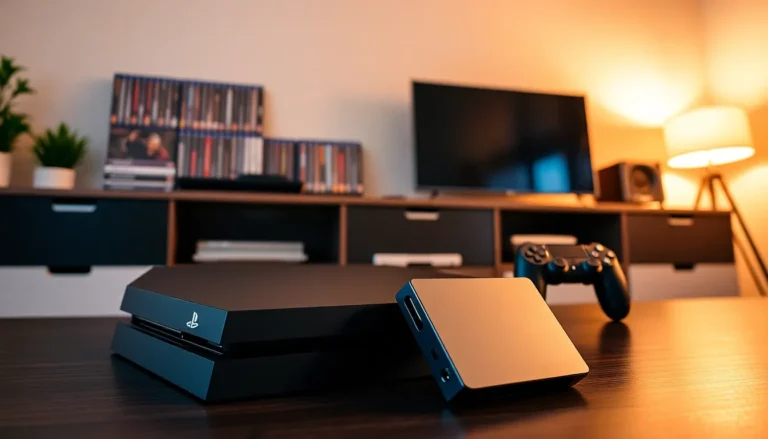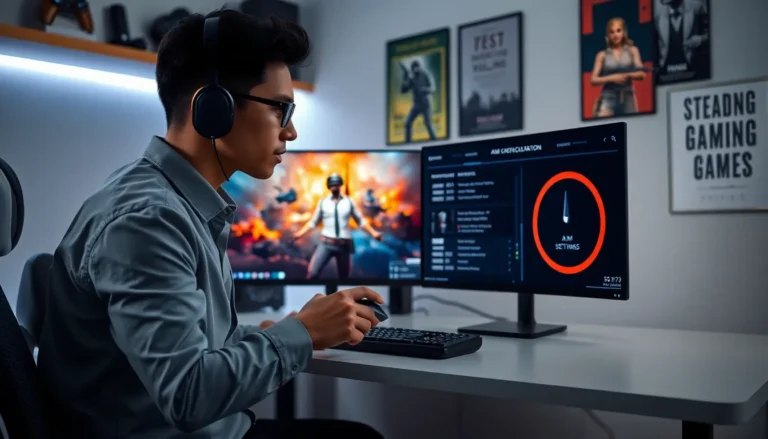Table of Contents
ToggleEver wondered why your competitive rank in Overwatch feels as slippery as a Mei in a ice storm? Buckle up, because this guide dives deep into the ranked play mechanics, strategies, and secrets that can turn any player into a climbing master. Whether you’re just starting or looking to sharpen your skills, this comprehensive look at Overwatch ranked will have you laughing and learning in no time.
Understanding Overwatch Ranked Play
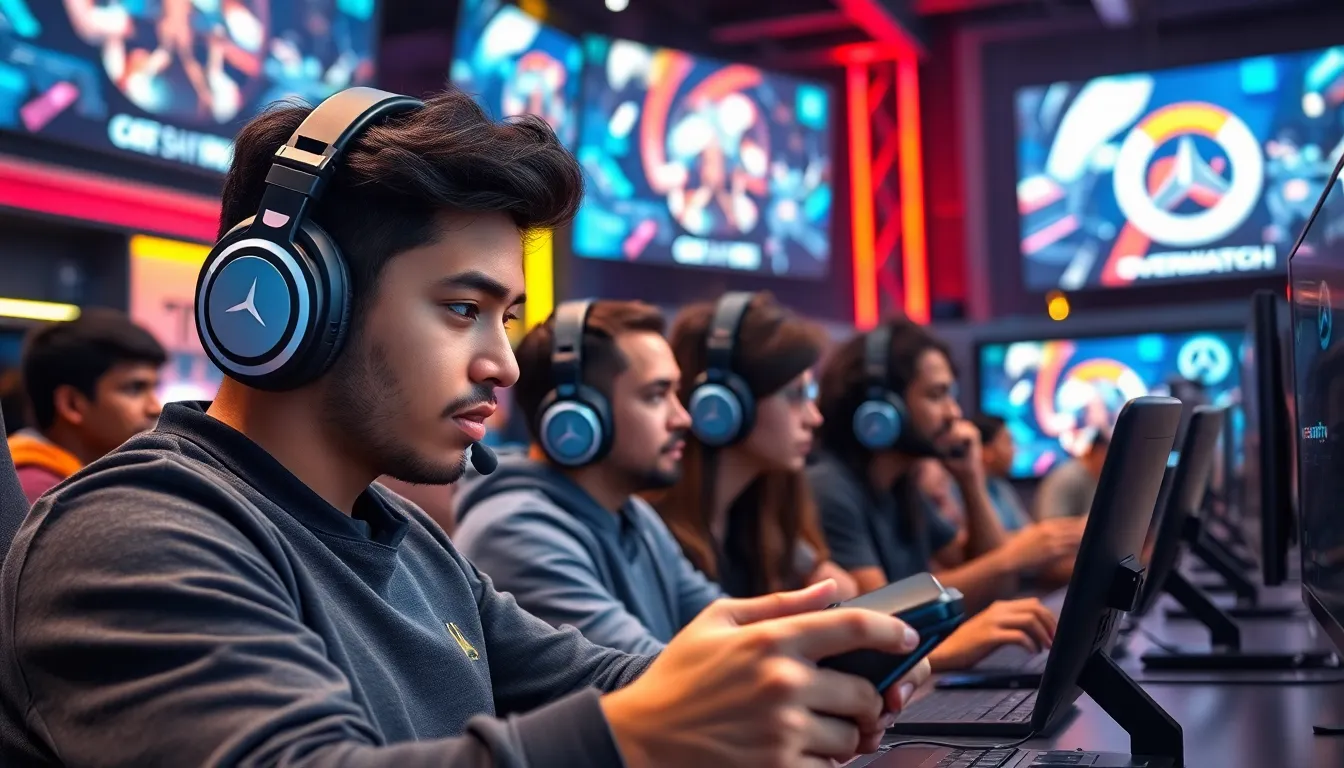
The Importance of Competitive Ranks
In the world of Overwatch, ranks aren’t just numbers to toss around: they are badges of honor. Ranked gameplay offers a unique thrill that differentiates it from the more casual Quick Play. Players strive to climb the competitive ladder for the sweet taste of victory and the satisfaction that comes from honing their skills in a team-centric environment. Higher ranks not only reflect a player’s growing proficiency but also open doors to better game experiences, like more strategic matchups and formidable foes. When players engage in ranked games, they immerse themselves in intense battles where every choice counts. So, investing time in understanding ranks can yield endless rewards.
Ranked Play Mechanics and Structure
Ranked play in Overwatch is structured around a tier system, categorizing players into different levels, from Bronze to Grandmaster. This tier system ensures that players find themselves matched against others with similar skill sets, creating exhilarating competition. Each rank comes with its own rating points, known as SR (Skill Rating), which fluctuate based on a player’s performance. Winning matches increases SR, while losses decrease it. Oh, and let’s not forget about the placement matches that every season requires: a player’s performance in these initial games determines the starting rank for the new season. With this structure, players can consistently track their advancement from rank to rank, adjusting strategies as they go.
Key Differences Between Quick Play and Ranked
When comparing Quick Play and Ranked, the differences become increasingly evident. While Quick Play offers casual fun with less pressure on individual performance, Ranked play demands a higher level of skill and teamwork. Players must work collaboratively to secure victories, whereas Quick Play allows for more personal play styles without the stress of affecting a team’s rank.
Key differences include:
- Team Composition: In Ranked, players need to consider their hero selection and synergy with teammates carefully, while Quick Play often sees players experimenting without fear of repercussions.
- Matchmaking: Competitive matches are more strategically aligned due to the skill-based matchmaking system, ensuring each game presents a formidable challenge. On the flip side, Quick Play can yield unpredictable and casual matches.
Preparing for Competitive Matches
Hero Selection and Team Composition
Preparation for competitive matches often begins long before the game even starts. The first and foremost step is hero selection, which can greatly impact the overall team dynamic. Players should familiarize themselves with multiple heroes to maintain flexibility on the battlefield, adjusting to their team’s needs or countering enemy compositions.
Also, understanding team composition is essential. A well-rounded team typically balances damage dealers, support, and tanks to ensure success. Before diving into Ranked, communicating with teammates about hero picks and roles can make all the difference. Remember, good preparation often lays the groundwork for a successful match.
Strategies for Climbing the Ranks
Common Pitfalls to Avoid in Ranked Play
Failing to recognize common pitfalls is one of the quickest ways players get stuck in lower ranks. Overcommitting to a fight when healing is lacking or not retreating when needed can lead teams to quick defeats. It’s vital to avoid raging at teammates: instead, focusing on one’s own gameplay and learning from mistakes can gradually lead to improvements.
Communication and Teamwork
Also, effective communication is the cornerstone of successful ranked gameplay. Utilizing voice chat or in-game pings allows team members to coordinate strategies and share information. Simple callouts about enemy positions or ult charge can swing a match in a team’s favor. Remember, teamwork makes the dream work. Individual talent is essential, but the ability to work as a cohesive unit often proves decisive.

